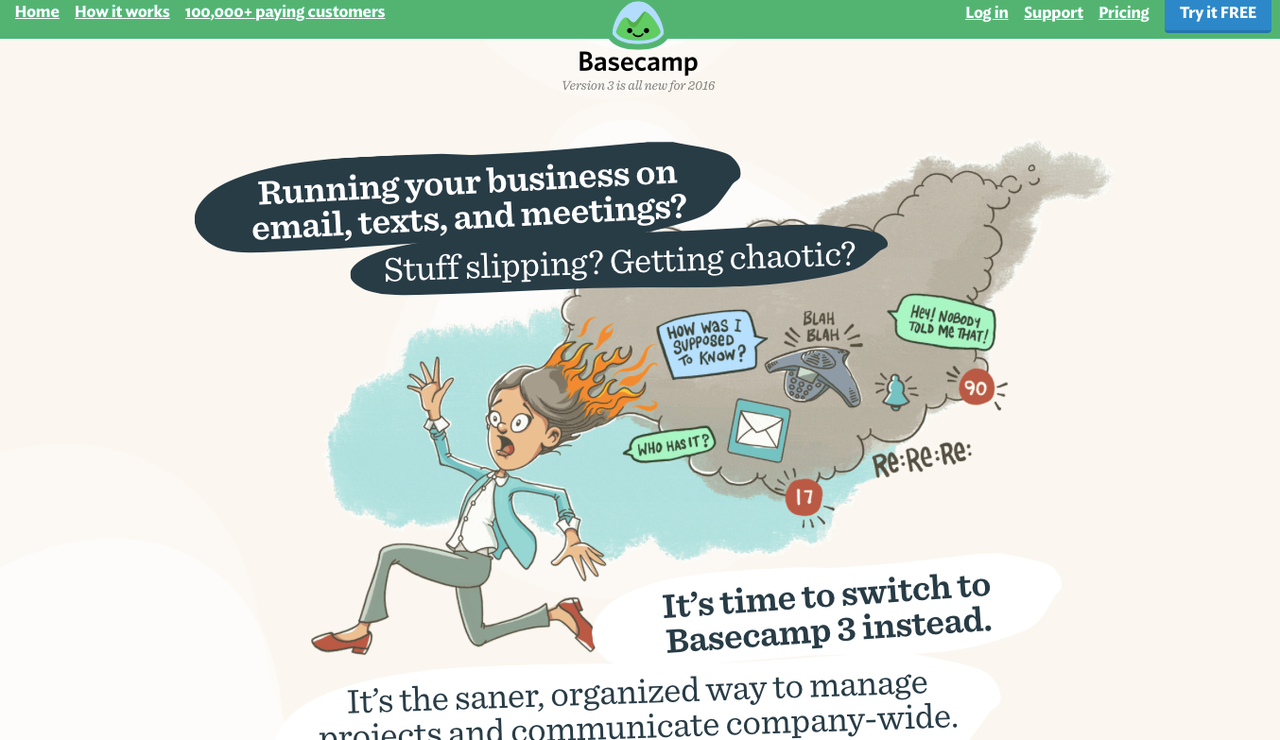Keeping Your WordPress Site In Shape

But WordPress is a complicated piece of software, and, as with any complex system, it’s hard to predict how the parts interact. Any modification can cause a regression, a change for the worse. That’s why I like to run through regular health checks on any WordPress site I’m managing.
If something is wrong, I want to know about it sooner rather than later, so it’s not enough to deploy a site that works wonderfully and leave it at that. Every month or so, I run a series of tests to reassure myself that all is as it should be.
Performance
Site performance can be affected by any number of factors. Perhaps a new plugin interacts badly with existing functionality, introducing latencies to page load times. Maybe a CDN the site relies on to load JavaScript libraries isn’t as quick as it once was.
I use Pingdom Tools to perform a comprehensive scan of the site’s performance from various locations around the world. Pingdom provides the information I need to identify performance regressions and their likely cause.
Security
Last year, a security researcher published a list of eCommerce stores infected with credit card swiper malware capable of capturing card numbers and sending them to criminals.
Many of the stores had been infected for months.
It’s impossible to be completely certain that your WordPress site hasn’t been infected with malware or otherwise compromised. Prevention is better than cure, but if preventative measures have failed, I want to know about it as soon as possible.
There are several WordPress malware scanners available, but Sucuri’s free SiteCheck does the job quickly and well.
Links
Links have a tendency to break and 404 errors are a common occurrence on sites that change frequently. They’re bad for both user experience and search engine optimization. I use the excellent Broken Link Checker plugin to scan for broken links so I can repair or redirect them.
Backups
I’m going to assume everyone reading this article makes regular backups of their WordPress site and keeps those backups for an appropriate amount of time.
But going through the motions of keeping a backup isn’t enough. Site owners should also verify that backups are actually being made and that they’re viable. There’s nothing quite so frustrating as trying to restore a site from an earlier backup only to find it empty, corrupt, or otherwise useless.
To check backups, I do a full restore of a recent backup on a brand new WordPress installation. It’s possible to do this manually or with your existing backup plugin. It’s not really important how you check backups, but not checking them can lead to nasty surprises.
Altogether, running through these steps takes no more than half an hour, and I find the peace of mind well worth the time invested.

 Customer service is a key differentiator for eCommerce stores. Only a retailer who cares about excellence in customer service can build a positive reputation and distinguish their store from the competition.
Customer service is a key differentiator for eCommerce stores. Only a retailer who cares about excellence in customer service can build a positive reputation and distinguish their store from the competition. Not so long ago, if we wanted to talk to a company, we’d pick up the phone. Today, many companies have retreated behind their websites. From the company’s perspective, this is a money-saving measure: phone support and sales are expensive. But it’s not just companies that have changed; millennials aren’t too fond of calling either, preferring to email, text, or Tweet to companies.
Not so long ago, if we wanted to talk to a company, we’d pick up the phone. Today, many companies have retreated behind their websites. From the company’s perspective, this is a money-saving measure: phone support and sales are expensive. But it’s not just companies that have changed; millennials aren’t too fond of calling either, preferring to email, text, or Tweet to companies. Setting up local WordPress development environments is an everyday task for WordPress professionals. Local development environments, which include WordPress and the full stack of software it needs to run, let WordPress pros work on sites without having to deal with the latencies and complications of working on remote staging or development installations.
Setting up local WordPress development environments is an everyday task for WordPress professionals. Local development environments, which include WordPress and the full stack of software it needs to run, let WordPress pros work on sites without having to deal with the latencies and complications of working on remote staging or development installations. Many WordPress users were disappointed to hear that two-factor authentication provider
Many WordPress users were disappointed to hear that two-factor authentication provider  The faster eCommerce merchants can get customers through the checkout process, the more likely they are to complete that process. Much digital ink has been spilled on the value of a fast checkout, and there’s little faster than a quick tap of the finger, which is exactly what Apple Pay offers.
The faster eCommerce merchants can get customers through the checkout process, the more likely they are to complete that process. Much digital ink has been spilled on the value of a fast checkout, and there’s little faster than a quick tap of the finger, which is exactly what Apple Pay offers. It has recently come to light that
It has recently come to light that  Let me ask you a question. Have you ever clicked on a link in a advert, on social media, or in a blog post, and been taken to the home page of a website with no clue how to find what interested you in the first place? You saw a link embedded in content that made you take an action, but that initial surge of interest was wasted.
Let me ask you a question. Have you ever clicked on a link in a advert, on social media, or in a blog post, and been taken to the home page of a website with no clue how to find what interested you in the first place? You saw a link embedded in content that made you take an action, but that initial surge of interest was wasted.









